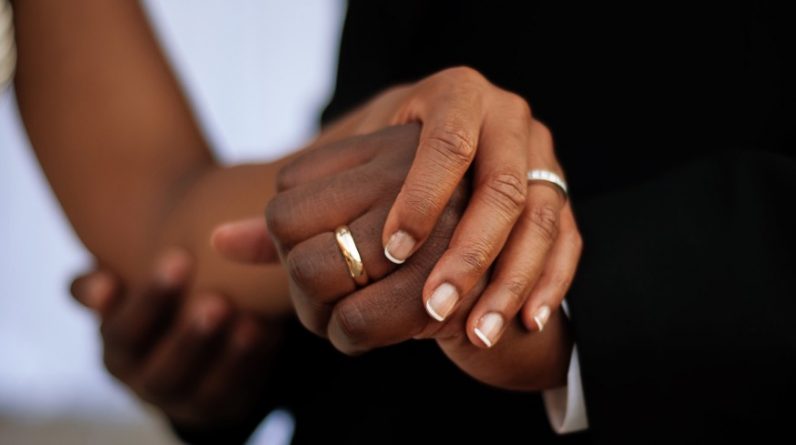Hi this is Vanessa Joy with AdoramaTV, and Breathe Your Passion, and in this episode I'm going to talk about reception shooting with bounce flash. As a budding wedding photographer I was not too keen on shooting with off-camera flash at receptions, and to be honest I still don't do a lot of it. The reason being, is that often during the reception, I'm called in to different rooms, or I have to run outside to photograph something, and if I'm shooting with only off-camera flash, I have to scramble to make sure that I bring light with me, or get my other flash to throw it on my camera, to make sure that I can get whatever shot I need, outside of my off-camera flash setup.
Because of all of this I use on-camera flash, but bounce it for most of my reception pictures. Now doing this is not that difficult, but there are a few tricks that will help you make sure, that you're bouncing your flash correctly. Number 1. Bounce it off lightly colored walls. This is not going to work if you are photographing a reception in a barn or somewhere that has dark wood ceilings, or maybe even a color ceiling, or wall that is red or an off color. What happens with the dark surface that you're bouncing off of, is the light just gets absorbed into it.
It doesn't reflect off it, just won't work, or worse the light takes on the characteristic of the color of whatever you're bouncing it off on. So, if you're bouncing it off of a dark brown wood, it tends to bounce back a little bit orange, and not look so great on skin tones. Number 2. When you bounce, bounce in the direction of people's faces, now I know if you're photographing dancing, it can move very quickly, but ideally you want to point your flash at the wall in which your subject is facing. So that when it bounces back, it bounces back on the subjects face rather than on the back of their head. This will produce a much prettier light pattern on your subjects face. Number 3. You can use TTL but you'll likely have to exposure compensate. I typically shoot on TTL for bouncing my flash in receptions, but I bump up the power by +1 maybe, a little bit more, maybe a little bit less, just depending on how big the room is, and how much power I need.

Number 4. Make sure that your ISO is set a little bit on the high side, while you don't want your ISO set too high, so you see a lot of green and noise in your image, you also are asking a lot of your flash, and will likely be bursting it, on a higher power. In order to help with this, raise your ISO so that it's a little bit higher, and your flash does not have to work as hard. Number 5. Practice, practice, practice. Learning how to bounce flash in different scenarios can take a little bit of work, and it's a skill just like any other camera skill that you're going to learn.
So practice bouncing your flash at your next reception, and a few more after that, until you get the hang of it. Make sure that you hit the subscribe button below and I will see you next time here on Adorama TV.


